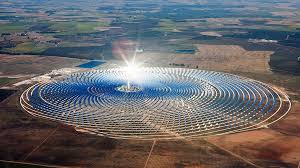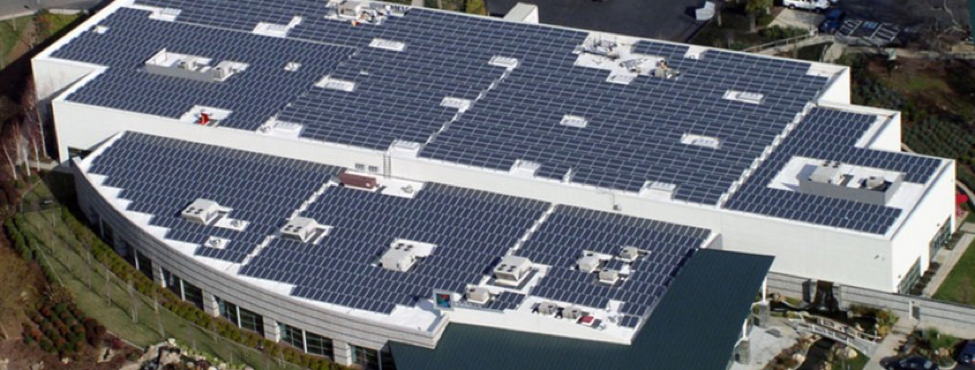While solar power is very flexible in terms of the size of an installation at any particular location, TGP focuses on the development of ground-mounted solar photovoltaic (PV) solar systems larger than five megawatts in addition to multi residential projects that can be secured for a higher power purchase agreements;
Q: What’s the difference between photovoltaic (PV) and other solar energy technologies?
A: There are four main types of solar energy technologies:
1. Photovoltaic (PV) systems, which convert sunlight directly into electricity by means of PV cells m ade of semiconductor materials.
ade of semiconductor materials.
2. Concentrating solar power (CSP) systems, often called solar thermal, which concentrate the sun’s energy using reflective devices such as troughs or mirrors to produce heat. The heat is used to boil water to produce steam,which drivesa steam turbine to produce
electricity.
3. Solar water heating systems, which contain a solar collector that faces the sun and either
heats water directly or heats a “working fluid” that, in turn, is used to heat water.
4. Transpired solar collectors, or “solar walls,” which use solar energy to preheat ventilation
air for a building.
Q: How does PV use the power of the sun to create electricity?
A: When certain semiconducting materials, such as silicon, are exposed to sunlight, they release small quantities of electrons. This process is known as the photoelectric effect and it was discovered by Albert Einstein. The photoelectric effect refers to the emission of electrons from the surface of a material in response to light. This is the basic physical process by which a solar electric or photovoltaic (PV) cell converts sunlight to electricity.
Sunlight is made up of photons, or particles of energy. When photons strike a PV cell, they may be reflected or absorbed, or they may pass right through. Only the absorbed photons generate electricity. When this happens, the energy of the photon is transferred to an electron in an atom contained in the PV cell. With its newfound energy, the electron escapes from its normal position in an atom of the semiconductor material and becomes part of the current in an electrical circuit.
Q: Will PV systems generate power even if it’s cloudy?
A: Yes, PV systems can generate power, during all daylight hours, in all types of weather. On partly cloudy days, they turn out as much as 80% of their potential energy. Even on extremely overcast days, they can still produce about 25% of their maximum output.
Q: What are the typical components of a utility-scale photovoltaic (PV) system?
A: PV modules (groups of PV cells), commonly called PV panels; an inverter to convert direct current (DC) electricity to alternating current (AC) electricity; a power collection system which gathers the electricity from all of the PV panels in the project; and a substation which connects the entire project to the electrical grid.
Q: How long do PV systems last?
A: A well-designed and maintained PV system will operate for more than 20 years. The PV module has an expected lifetime exceeding 30 years.
